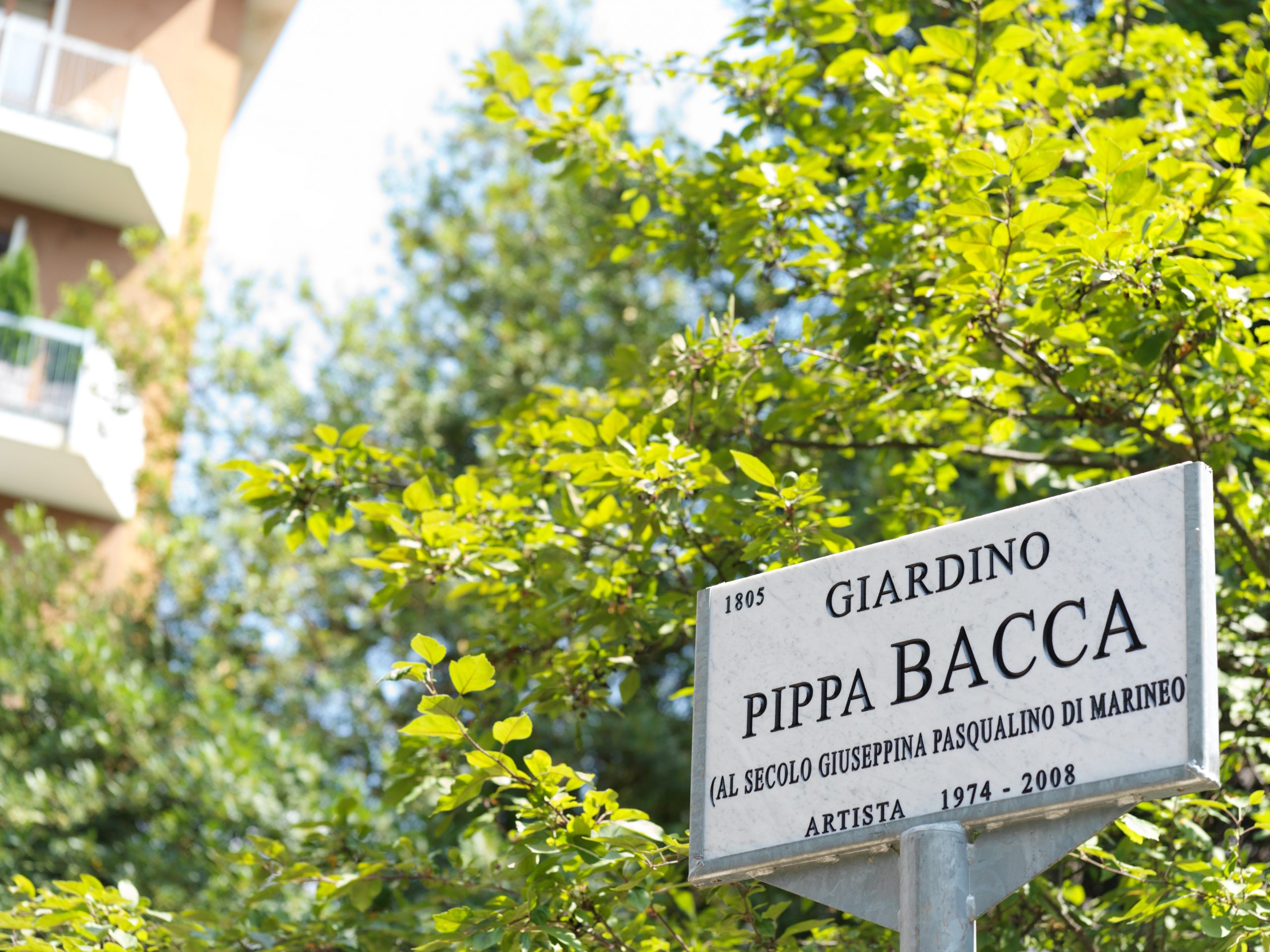Pubblicato su Cooperative City Magazine, 18 gennaio 2022
Sex & the City, a gender perspective on urban space is a research project that gathers missing yet much needed data on how different genders use and experience public spaces in the City of Milan. The project is run by Florencia Andreola and Azzurra Muzzonigro for the Urban Center of the Municipality of Milan and Triennale Milano. By interviewing scholars, public administrators, collecting qualitative and quantitative data from citizens, they created a survey about “the daily habits of gender subjectivities, the different ways of using the cities, the role of certain places, the current situation with regard to gender-based violence, in the private and public space”. Based on the findings, the team is proposing concrete policies and puts forward ideas to make the city a place where everyone and everyone can feel at ease.
How and why did you start Sex and the City?
While we both have an architecture background, we felt we wanted to do more for society and get more involved. We teamed up and applied to a call by the municipality of Milan with Renale Milano, together with the Milano Urban Centre and won. The Urban Centre is a think-tank on urban transformations and they were searching for projects that were both public programmes and research projects. We applied for both and we got both. Our project started in 2019 and we are expanding the research in 2021. Our research project, Sex and the City, looks at Milan from a perspective of gender inclusiveness. While Milan is a case study, all cities could be looked at from this point of view.
Various surveys have not only demonstrated a differentiated use of public space by men and women, but also confirm that women often change their daily routes, the places they cross and the time of their activities out of fear and negative perceptions. These perceptions are linked to daily experiences and social interactions.
The research is trying to intersect the field of urbanism with gender studies, to see what kind of tensions and issues come up. At the moment we are trying to build up a statistical picture. Later we will push more on a qualitative picture about the individual lives. The data is really needed: there has not been data available on the different uses of the City of Milan based on gender.
What kind of issues did you look at in detail and how did you gather data?
We are observing different needs linked to the different spheres of the lives of women in the city.
We came up with a survey which was easy to understand and short. It was necessary to understand how people live in the city, how they move. With the pandemic many things have changed. We asked both about their lives before, how they moved, how they used the city before the pandemic and how they used it after. We also had questions about the importance of representation of gender in the public sphere such as the naming of streets through the lens of gender. What services does the city offer to support women’s lives? Are public toilets, nursery schools and anti-violence facilities sufficient to cover the needs of a society that aspires to real equality between genders? What role do grassroots initiatives play today and what role can they play in shaping the inclusive city of tomorrow?
We found there violence in the domestic space, a phenomenon that is widespread in society, it is dramatic. Therefore, we looked at all the spaces that the city provides to support women leaving domestic violence. We went from refuge houses to different kinds of receptive structures. We also identified insecurity and violence in public spaces.
We know women in Milan have different lives, depending on their economical situation, for example, there is a difference between expats or migrants. We know that migrant women have a very particular situation in Milan, we can not say those women are living a dream in Milan. It is a problem of a historical moment, not just an Italian problem but a global problem. For many also the possibilities are not given in their community. At the moment we are trying to build up a statistical picture. Later we will push more on a qualitative picture about the individual lives.

